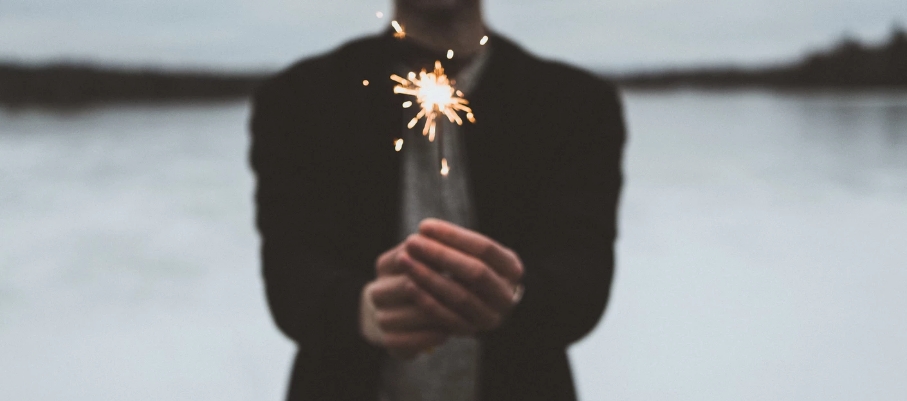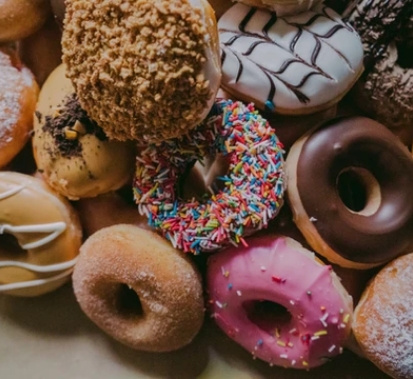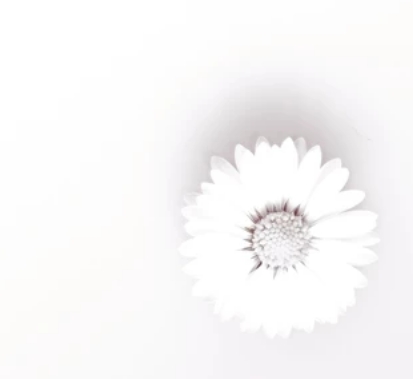
The Way Is Within: Living Consciously in the New Year
To Resolute or Not, that is the Question!
When it comes to resolutions we could all probably fit into 3 categories….
- Those who do and succeed
- Those who do and don’t succeed
- Those who don’t and stay stuck
Which of the above most describes your relationship with resolutions?
Over the years, I can honestly say that for the most part, I have best fit into the last two. In fact #2 led me to #3. Years of setting out to make changes in the New Year led to the resistance and discomfort associated with change. Naturally and innately this would be where I would falter and abandon my goals. Eventually I became programmed to avoid resolutions all together.
As I took a deeper look at this pattern, I have been able to find comfort and inspiration in knowing that this wasn’t some personality fault that could not be overcome, but rather a long standing adaptation that has been around since the early stages of our existence.
This adaptation is part of an auto pilot reward system that is associated with memory and learning. It can unconsciously drive our behaviors and dictates whether we are reactive or responsive to both our internal and external landscape.
We are actually awarded a little hit of dopamine (a neurotransmitter associated with learning) that is released with pleasure or pain.
That little hit makes a pretty indelible memory that helps us avoid discomfort and seek pleasure.
When we still foraged for our food we would get this hit of dopamine when we found a patch of sweet berries or protein rich nuts or seeds and we would store that memory away so we could recall where to find them the next year.
We would also get a hit of dopamine if we ate something that made us sick or gave us a stomach ache. This would ensure that we would avoid that food again.
Dopamine helps us remember what we enjoy and also those things that have caused pain. Both emotional and physical… It helps us remember how we like to play, avoid conflict, repeat the things we enjoy, and avoid the things we don’t.
Our bodies haven’t changed much now although the world we live in has. We continue to seek out those things that give us comfort and avoid anything that causes us discomfort.
And to make things more efficient, most of this is happening outside of our consciousness. It’s stored deep in our memory banks and is a driving motivator in our lives.
Imagine if you had to be reminded that a stove was hot by touching it every time. Thanks to dopamine, this has just become something we innately know to avoid.
Just because we are rewarded doesn’t mean it’s good for us
The flavor is pleasant, making us want more of it and that instant hit of energy that we get when we eat It, sends the signal to crave sugar anytime we are tired.
No wonder we crave sugar anytime we are sad, tired, bored, upset, or hungry.
Sugar is ingrained as something that we do to feel good!
We are literally programmed to use sugar to solve many of our daily struggles.
Trying to lessen our intake of sugar can have a profound effect on our mood!
We could probably insert caffeine or eating in general in the place of sugar and have an understanding of how we have habituated ourselves to self soothe, rather than allow ourselves to be uncomfortable.
When it Comes to Change, there is Hope
Feel the Feeling
Discomfort has been given a "bad rap”. The lesser known side of discomfort is growth.
Embracing the feelings of being uncomfortable, instead of avoiding them can be another way to add presence and mindfulness practices into your day. The feelings associated with discomfort can be a wake up call for you to pay attention.
No matter how you experience discomfort; anxiety, tension, pressure…it is a signal for you to pay attention, not only to those external signals but internally as well.
The feelings that surface during discomfort are signs of unconscious thought patterns.
Pausing to pay attention can help shed light in those dark parts of our consciousness and give us clues and insights into why we are experiencing those feelings.
Are you tired, bored, hungry, thirsty, angry, happy…?
Where avoiding this discomfort will just set you up to repeat the same habitual patterns again and again, allowing yourself to be in discomfort can lead you to understanding patterns and begin to make decisions to shift them.
Being present and attentive with discomfort is how lasting changes will be made.
How a Mindfulness Practice helps
Having a consistent mindfulness practice gives you and your brain the training to become less reactive and instead choose to respond.

Practices like meditation and yoga hone our attention skills and strengthen the “decision making” areas of our brain. The stronger our “decision making muscles” get, the less reactive we become.
These new neural pathways help us to make choices about our health and wellness that are guided by our own internal feelings instead of letting our feelings and unconscious thought patterns guide our actions.
When we train our brains on the mat, we are training them for real life.
If you plan on making changes in the new year, let mindfulness practices like yoga and meditation become part of your daily regimen.
Just a few intentional minutes a day can begin to effect your daily decisions that impact your health and wellness which lead to lasting changes for your future.



